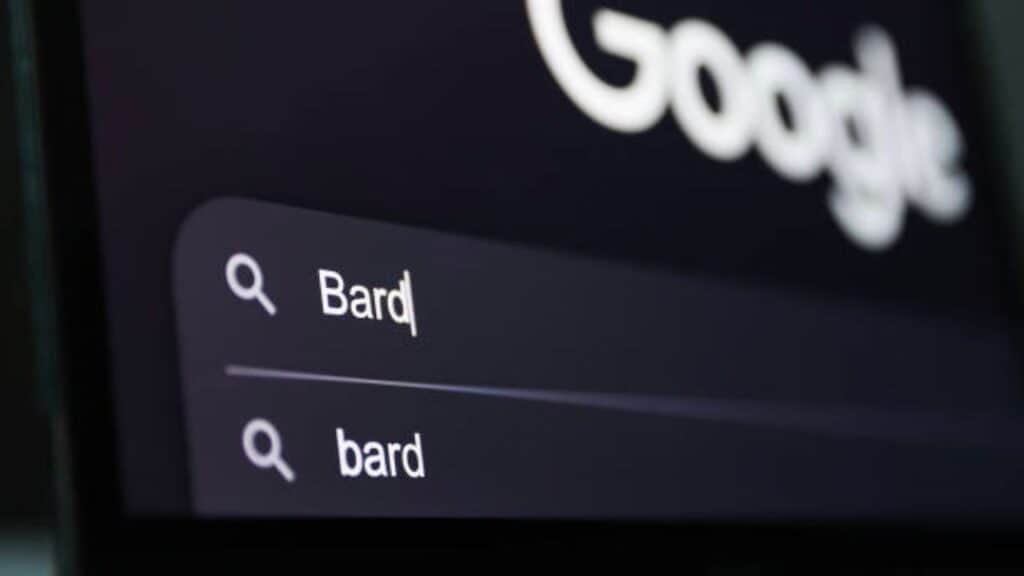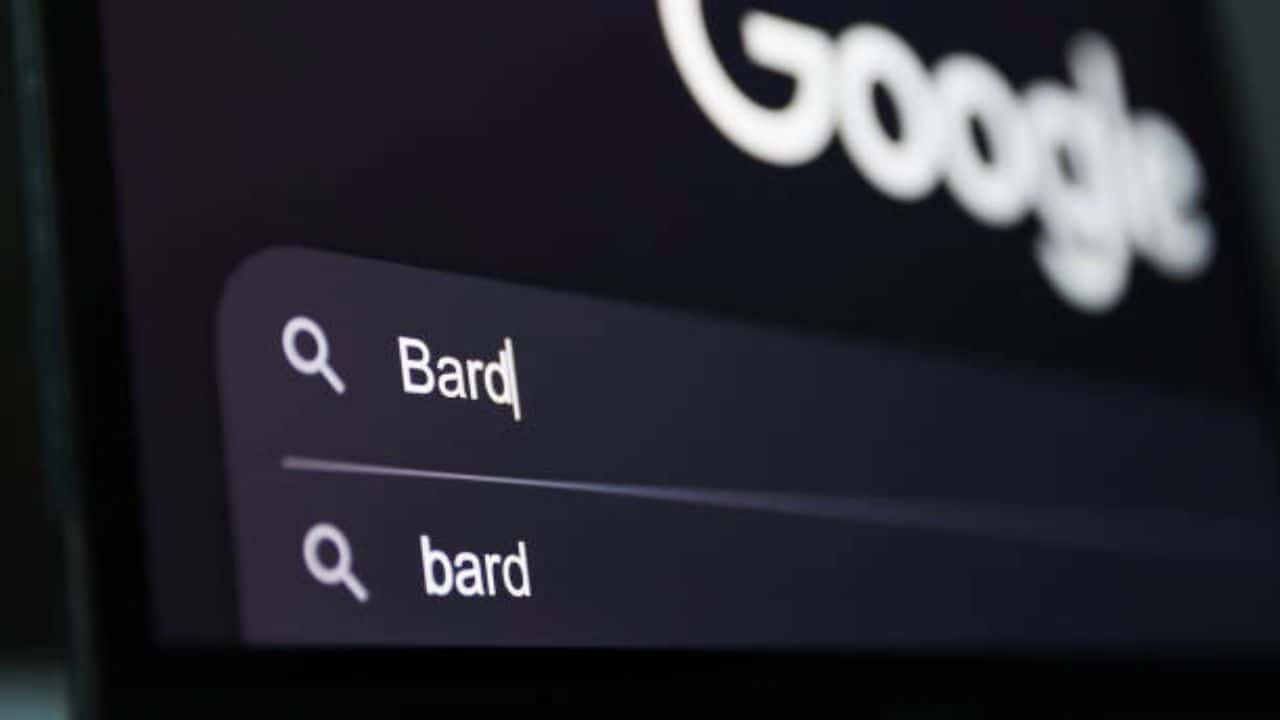Google Bard, the ChatGPT rival, has been available worldwide since May 2023. Soon after its launch, several rumours and stats about google bard training data parameters, technicalities, and capabilities started running across the internet.
While releasing Google Bard, the tech giant didn’t reveal much information regarding its training dataset. However, experts and researchers say that the chatbot is trained using trillions of parameters. In this guide, we will go into deeper detail regarding the Bard training dataset and how the training dataset affects its performance.

How Many Parameters Does Google Bard Have?
- Google Bard is the latest AI chatbot developed by Google, trained using the LaMDA language model and its parameter count is a staggering 137 billion and 1.56 trillion words.
How much data is Bard trained on?
Google Bard is trained using the LaMDA language model, which uses another dataset called infiniset. The language model is trained in dialogue to talk with the user instead of merely producing text. LaMDA is trained with about 1.56 trillion words from various sources and 137 billion parameters.
The complete breakdown of the training sources is as follows:
- 12.5% C-4-based dataset.
- 12.5% of Wikipedia pages
- 12.5% code documents from programming, Q&A websites, tutorials, etc.
- 6.25% of English web pages
- 50% dialogue information from public forums
Bard has access to all this information, allowing it to produce accurate and faster responses. It also collects information from top websites and public forums like Quora, Reddit, StackOverflow, etc.
How much deeper understanding does Bard have of mathematics, logic, and science
Bard has access to several research papers, online websites, journals, and Wikipedia pages. It studies these sources and produces answers for every question asked to it.
Recently, Bard was updated to use Google’s latest language model PaLM 2, to generate responses. This new language model has improved Bard in various aspects. The platform processes advanced and complex mathematical problems and provides accurate solutions. It has improved the logical reasoning ability of Google Bard, making it capable of solving logical reasoning problems.
Bard can interpret and generate complex computer programs with PaLM 2. The chatbot can surf the internet to explain scientific terms and discuss the latest innovations and other scientific research.
Bard vs. GPT 4 parameters
GPT-4 is the latest language model launched by Open AI. ChatGPT-4 uses GPT-4 to respond to user queries. The chatbot works similarly to Bard. However, both platforms are trained using different language models and training dataset parameters. Here is a quick comparison of GPT-4 between Bard parameters.
- The number of training parameters of GPT-4 is unknown, but it is anticipated to be around 170 trillion. Bard is trained with 1.56 trillion parameters.
- Google Bard is more resilient to new language use cases than ChatGPT-4.
- Google Bard is trained using the LaMDA language model, while ChatGPT uses the GPT-3.5 and GPT-4 language models.
- Bard currently supports text-only inputs and outputs. GPT-4 is a multimodal language model supporting textual and image-based input-output.
- GPT-4 model is trained using an enormous dataset comprising information from various sources like web pages, metadata extracts, top websites, etc. Bard is trained using data from various sources like Wikipedia pages, C-4 data, public forums, etc.
How Parameters affect the performance of Bard
Bard is trained with 137 billion parameters. These parameters help Bard process, interpret, and respond to human queries faster and more accurately.
A higher number of training parameters indicates that the model can process complex and large amounts of data. It allows Bard to understand complex languages effectively. The enormous training dataset gives access to a larger pool of information.
How Bard compete directly with OpenAI’s LLMs
Google Bard was first released in February 2023 as a beta product. It was accessible by a selected pool of candidates only. However, the platform is now rolled out worldwide and competes with OpenAI’s ChatGPT.
ChatGPT was launched in November 2022. The platform gained 100 million active users within a few months.
ChatGPT is capable of responding to almost every question but lacks recent information. Its training dataset was last updated in September 2021, which limits it from accessing recent data. It cannot provide information related to the latest events and news.
Alternatively, Bard has access to the internet, and its training data was last updated in 2023. So it can provide information regarding the latest events.
The PaLM 2 language model makes Bard capable of handling complex languages and user queries faster and more accurately than ChatGPT.
Further, ChatGPT supports nearly every language used on the internet. But Bard being a new language model, currently supports English, Japanese, and Korean languages. However, Google says the chatbot will support 40 new languages in the future.
How many languages does Bard trained in?
Bard is a new AI-based chatbot by Google. The tech giant plans to train it in more than 40 languages in the upcoming months. However, until now, Bard supports English, Japanese, and Korean language only.
